We rehabilitate and upgrade the natural environment
Parallel and progressive rehabilitation and reclamation of the natural environment is essential to the development of our projects:
When a mine is closed, reclamation and rehabilitation are undertaken to restore disturbed land: this is the principle of parallel rehabilitation.
The entire area surrounding the site is also restored to reclaim the footprint caused by older mining operations (Olympias is an example of successful rehabilitation).
Additional environmental best practices we use for rehabilitation include:
Progressive hydroseeding over areas that are closed. Hydroseeding is a mix of water, seeds and mulch. The mixture is sprayed over the target area by special equipment. It is mainly used for slopes, to prevent erosion and implant herbaceous vegetation.
Collection of green waste by the Municipality of Aristotle for shredding: we work with local communities to collect and transport composting green/vegetative waste from the Municipality of Aristotle properly licensed facilities. We then produce wood crushed materials, which are repurposed as soil additive in the rehabilitation of historical stockpiles and tailings disposal areas at our Olympias mine.
Shredding of logging residues: at Skouries, we use the residues from logging after the area has been cut and shredded as soil additives, so that we can mix them with the topsoil for future needs of restoration projects.
Environmental rehabilitation helps conserve biodiversity, restore the soil and recover the ecosystem. It creates opportunities for jobs and income, and underpins sustainability and social well-being.
A long time before the approval of our investment plan for the development of the Kassandra Mines, we decided to invest in the rehabilitation of the entire site of Olympias and the historical mining operations (1976-1995) of former site owners. The challenge was to fully restore and return the area to the local community. We are undertaking full reclamation for an area spanning 300,000 square meters, investing a total of 100 million Euros.
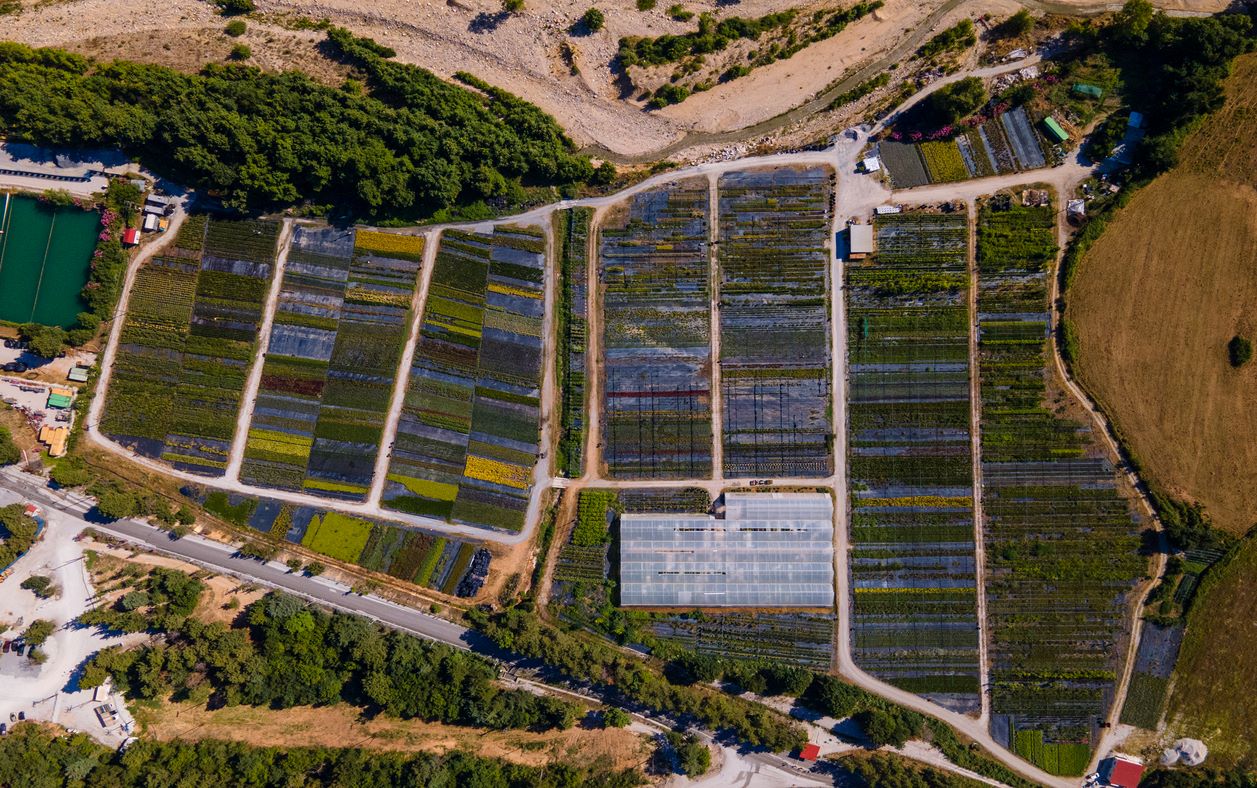
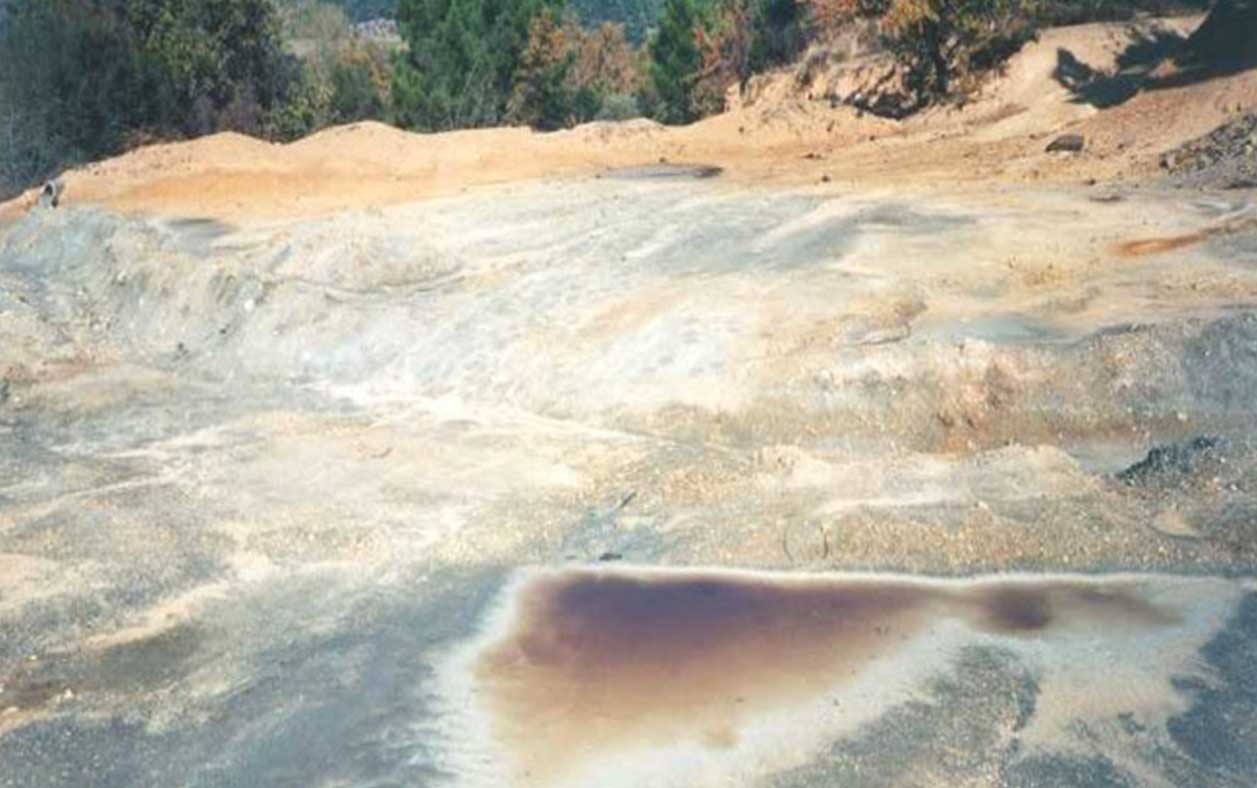
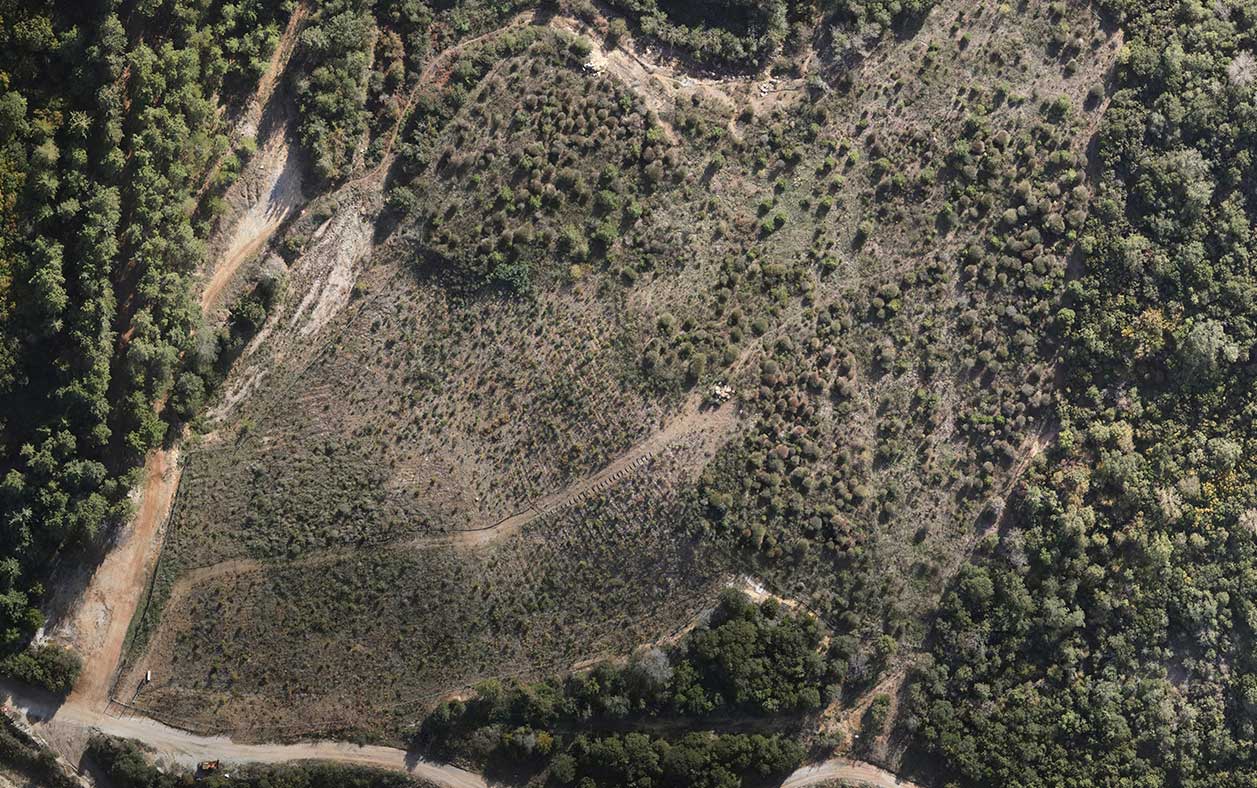
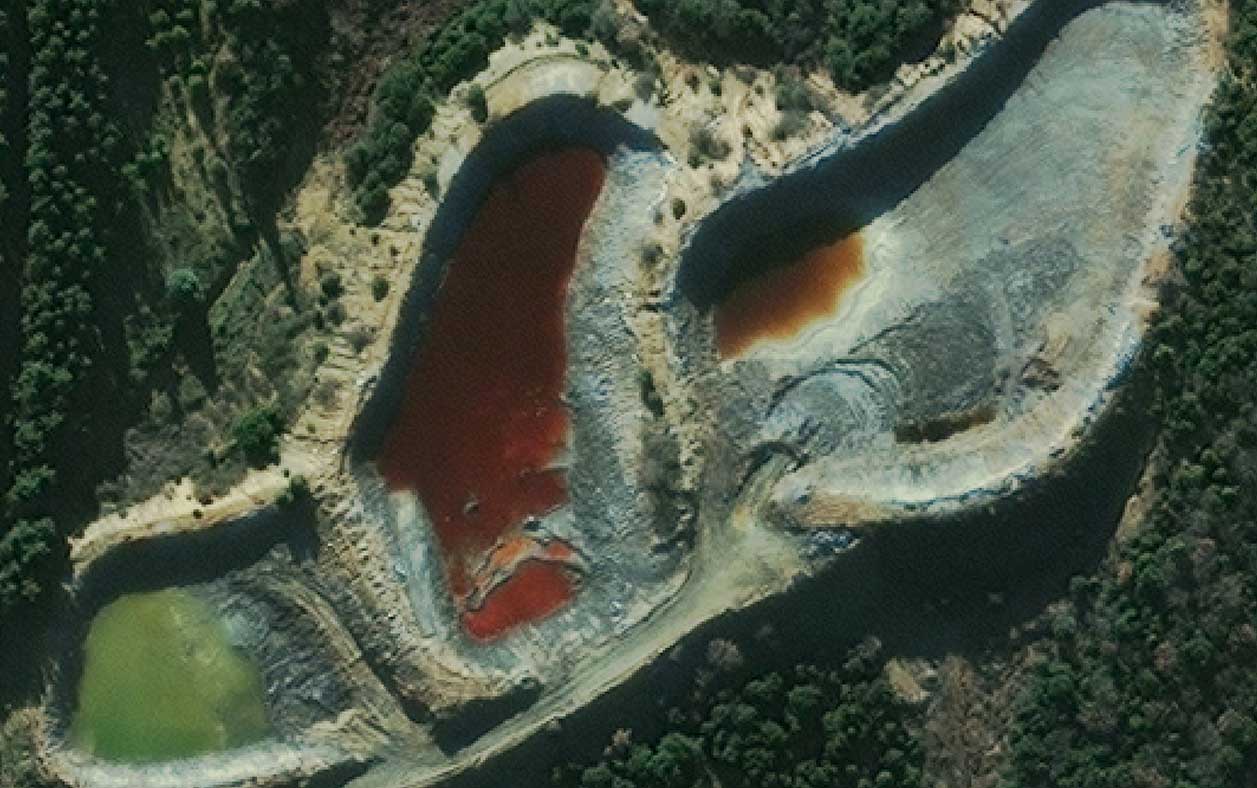

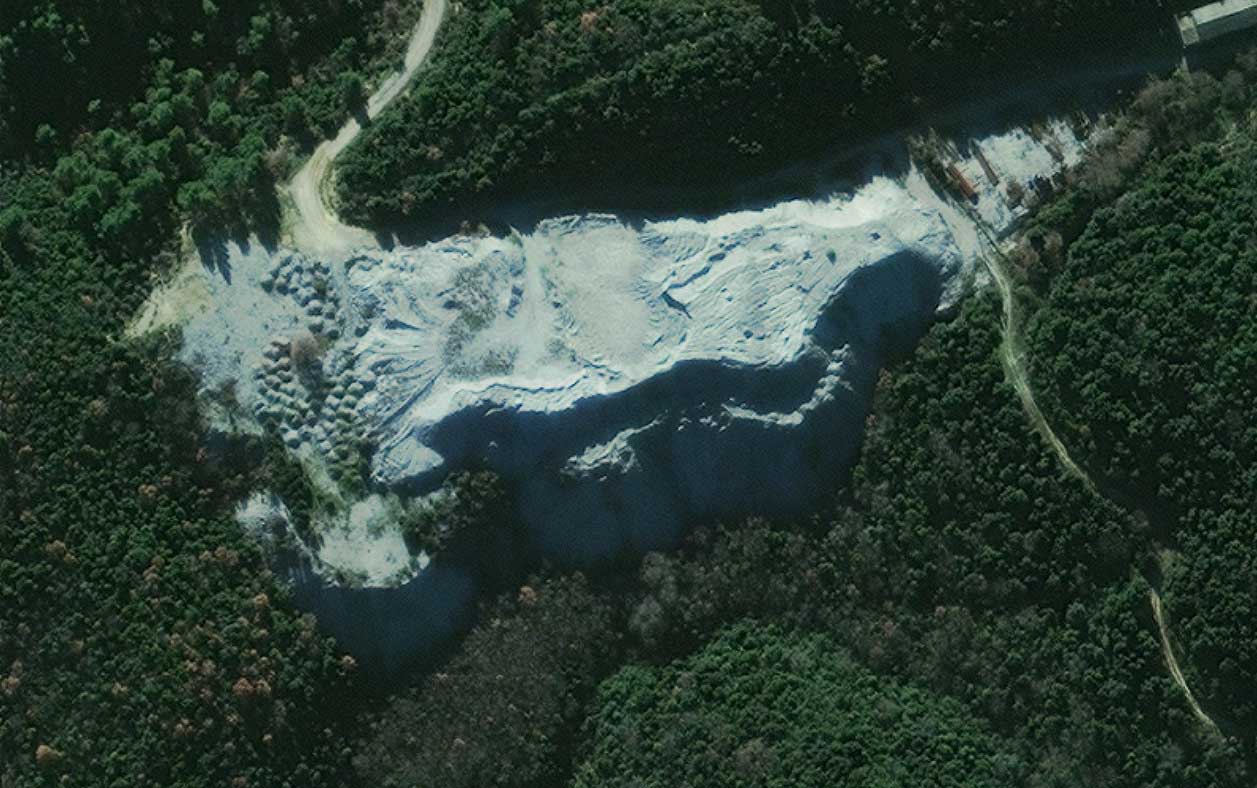
We operate a plant nursery for the reclamation of both historical and current mining areas:
We have completed reclamation and rehabilitation by:
We completed reclamation and restoration operations on an 30,000-square-meter area:


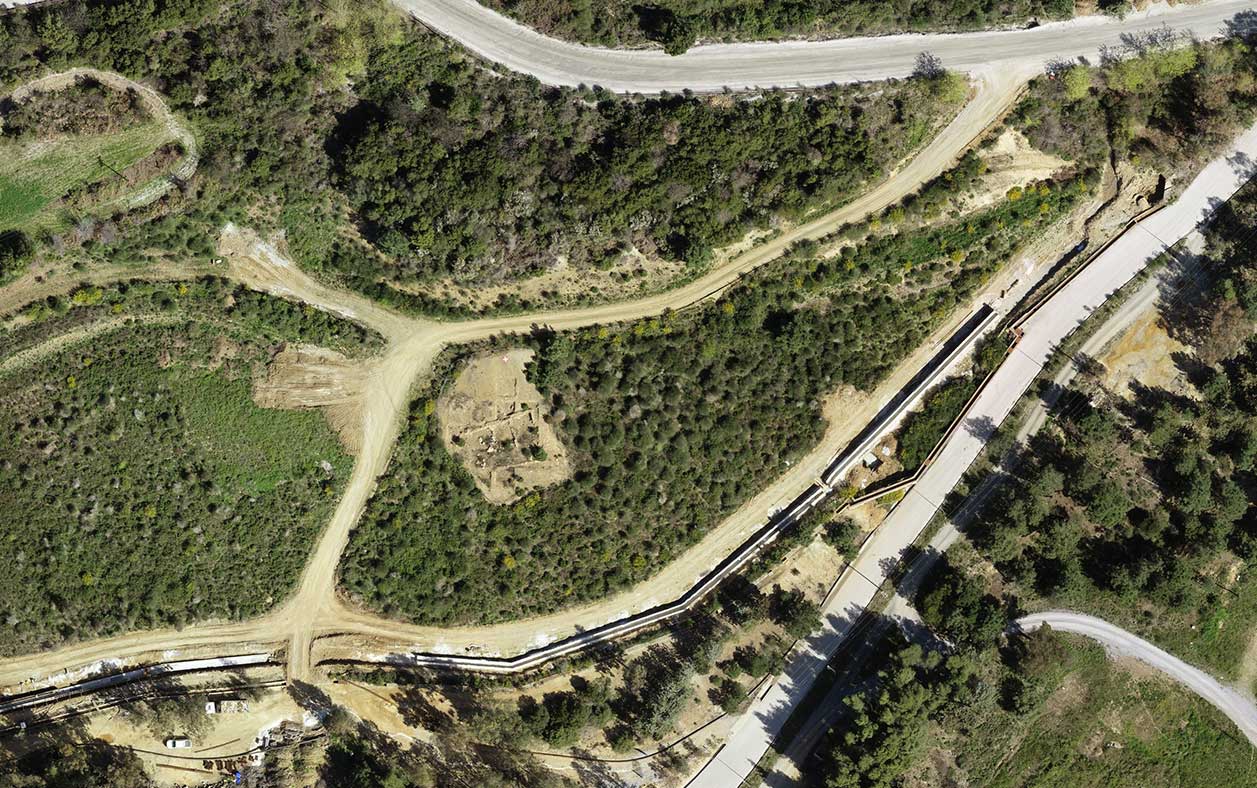
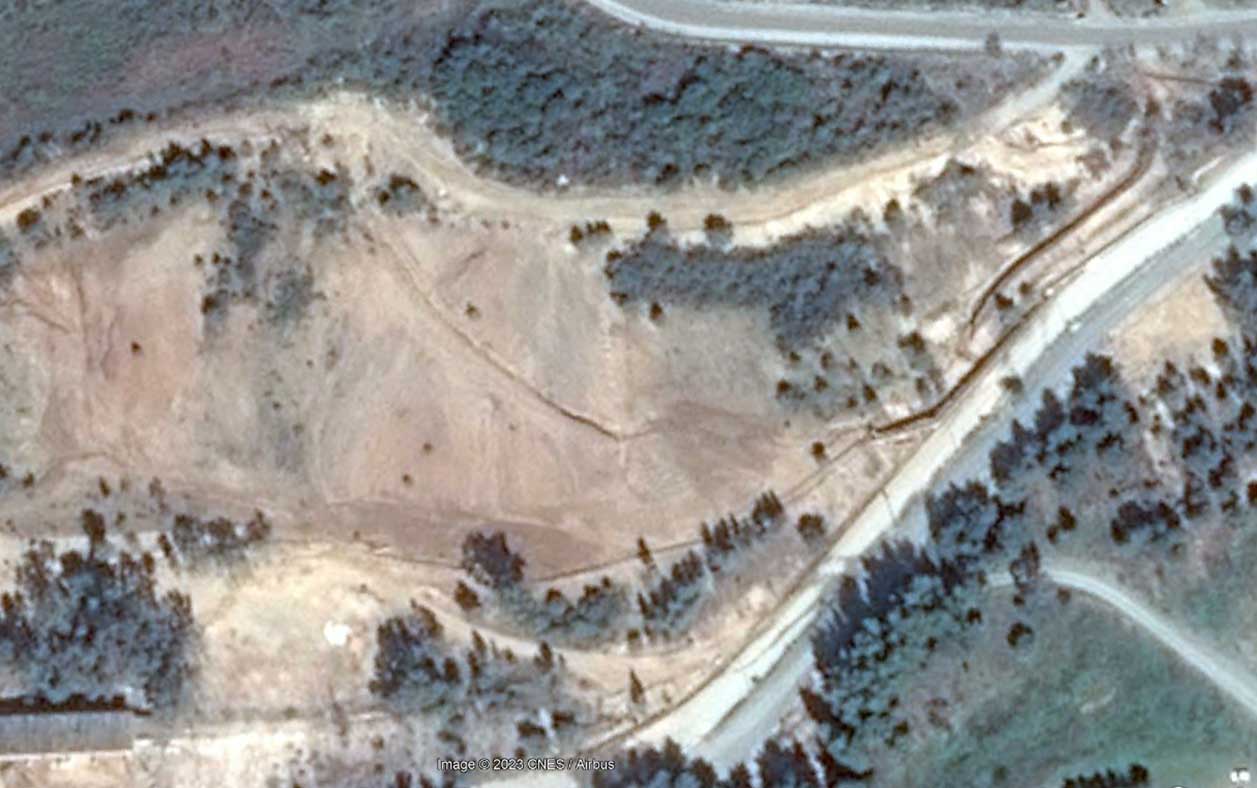
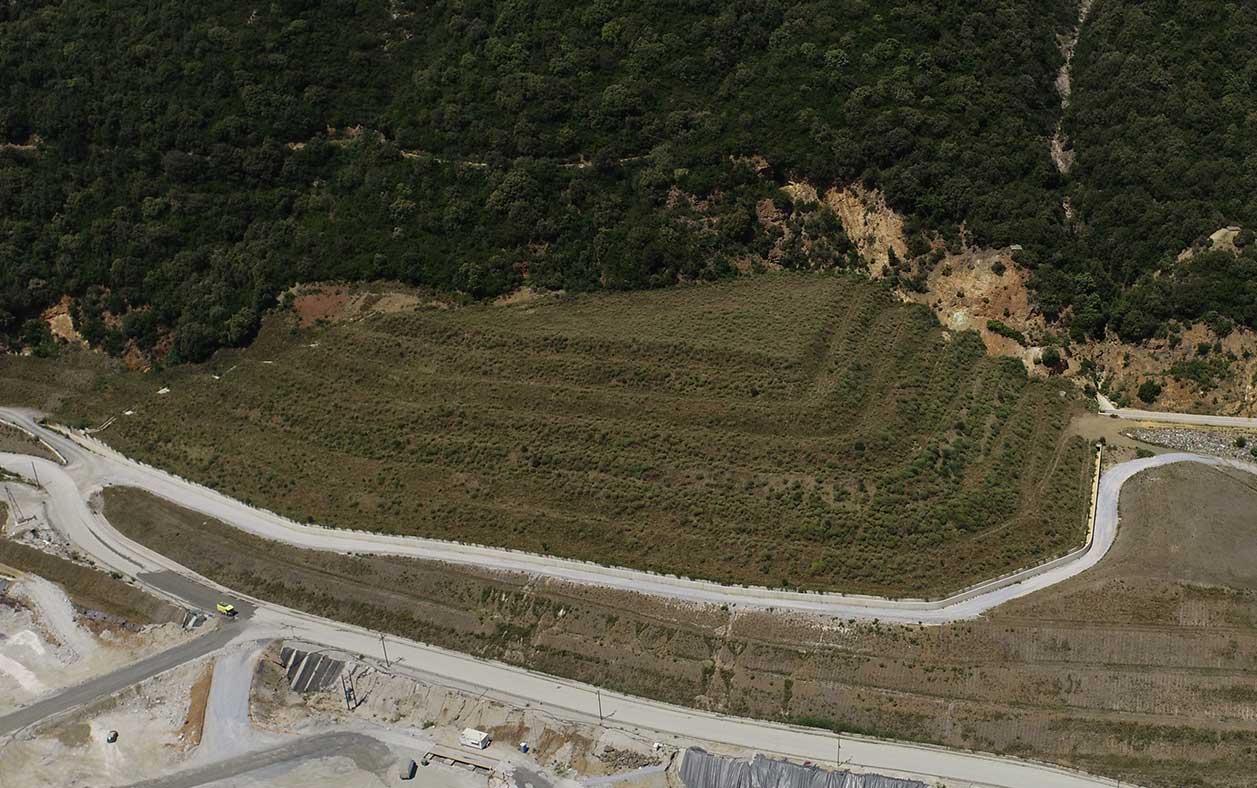
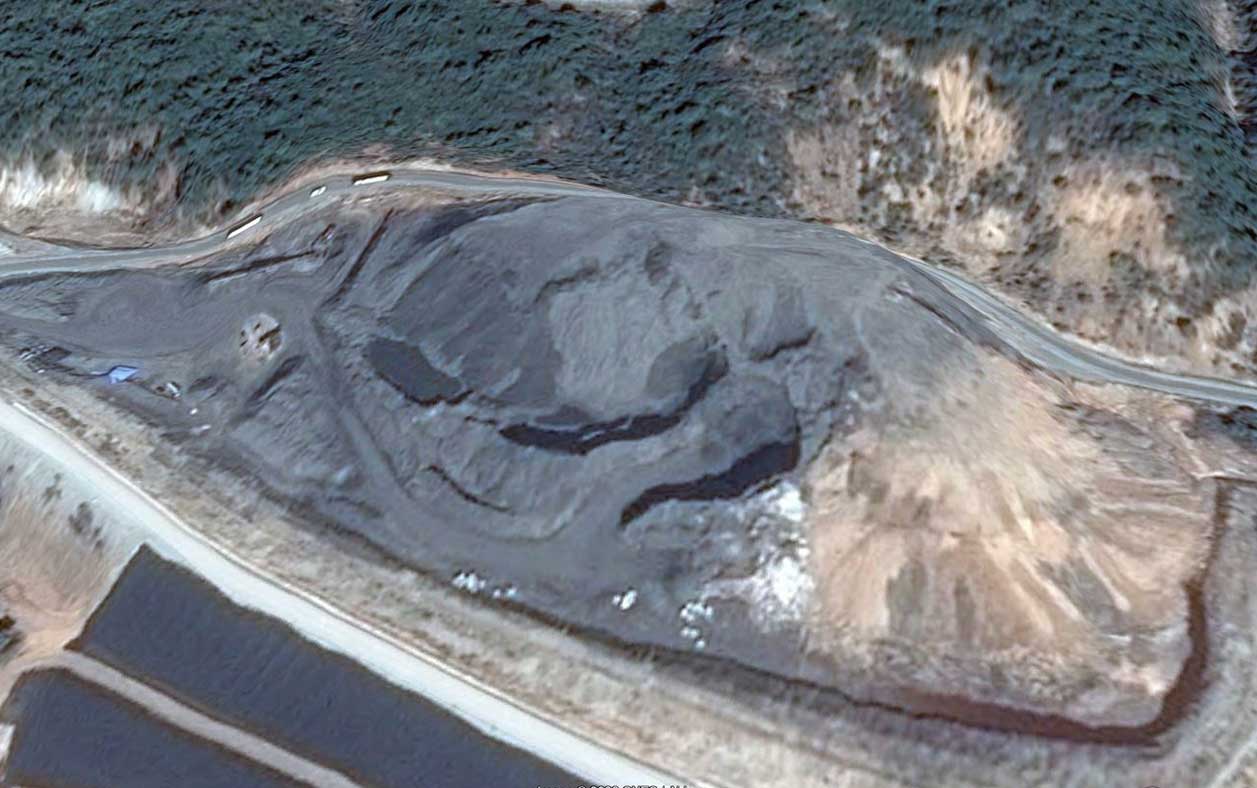
The area was a dumping site for solid wastes from previous decades and former site owners. The restoration of the old mine waste dumping site is an environmental upgrade project, which was designed to restore vegetation in the area, improve the landscape and protect the surrounding ecosystem. Specifically:
The restoration of the historical pyrite dumping site was completed across a 20,000-square-meter area and is currently in progress for the rest of the area:
The site is located inside the Madem Lakkos area where ferrous waste rock materials were also deposited. Restoration operations have been completed:
We responsibly manage the water used in mining operations, and the natural water resources. Our water management practices at mines help us use water resources effectively, reduce losses and ensure healthy environments and people.
Find out more about Water Management